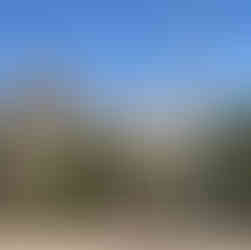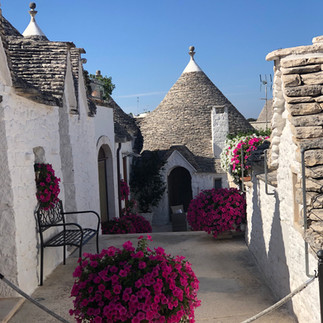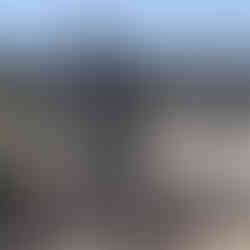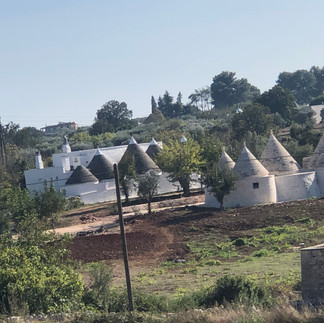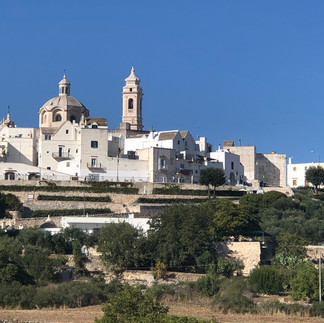Travel:Puglia, Trulli Land Alberobello, Locorotondo, Oct 8th/2023
- Lili Naveh
- Oct 8, 2023
- 3 min read
Updated: Feb 13, 2024
A continuation of a trip that started on Oct 3rd/2023
Sorrento- oct 5th (part 3)
The drive from Matera the enchanting rock carved city toward east where the ferry-tale architecture of Trulli land started unfolding took about an hour


Half way into the drive the hotel we stayed in Matera in the previous night, sent us a texts that my lap-top cord was forgotten in the room. Since we were assured that the state mail service, are most reliable and that the cord can be sent to our next destination one we forward an address, we didn't turn back to pick it up but continued with the touring plans in Puglia

Rocky terrain, fertile plains, olive groves, vineyards. \small villages, family-run farms and medieval towns consisting of unusual ferry-tale dome-shaped buildings dot the Apulian countryside

The largest concentration of the mysterious dwellings known as trullo . found nowhere else in the world, are whitewashed limestone structures pieced together without mortar. Their pointed conical fieldstone roofs painted with primitive Christian and pagan symbols.
Trulli Fascinating Alberobello -
UNESCO World Heritage since 1996 (here)

Located in central Puglia,, Alberobello is the cultural capital of the trulli of the verdant Itria Valley - a depression due to karstic phenomena taht also houses the towns of Locorotondo (which we also visied) Martina Franca, Cisternino and Ceglie Messapica

Alberbello which literally means "beautiful tree" is a small town of about 10,000 inhabitants, famous for its unique small dwarf white trullo buildings. dotting its narrow hilly cobblestone streets. There are over 1,500 of these Smurf-like trulli buildings built from large limestone slabs.clustering Alberobello’s streets,

The origins of the trulli remain a mystery, but legends abound linking them to ancient Greece as well as theorizing their creation as a 15th-century tax dodge.
The centre of Alberobello was built on the streets of the ancient river Cana, where is now the largo Giuseppe Martelotta. Alberobello, is the only inhabited center with an entire district of trulli, and is considered to be one of the best examples of vernacular architecture in Europe.
Nowadays, these dwatfs connected structures exist as charming souvenir shops, restaurants and visitor accommodation rather than their original purpose of dwellings for the inhabitants. The grocery shopes provide the famous "Pasqualino" sandwich – a tradition dating back to 1966. Pasquale Dell'Erba freshly-made a daily supply of these snacks in his grocery shop for the nearby hungry students, passing on their way to school! It's layered with tuna fish, capers, salami and cheese (and has to be constructed in this precise order).
After mingeling with many other "hypnotized" tourists at this preserved "lala-land" and also stuffing our stomocks with gaint Gelatto portions, bought at a dwarf trulli shop,
we were ready to venture to the next near-by uniqe village.
Locorotondo, - A Beautiful White Village on the Hill


A picturesque, tranquil village between Martina Franca and Alberobello, with a labyrinth of whitewashed houses between narrow , and beautiful countryside, Locorotondo with a population of about 14,000 inahitants, remains relatively unknown to many tourists, an off-the-beaten-path destination, when driving through Valle d’Itria


Locorotondo’s gleaming buildings coil around a hilltop setting, and its narrow typical houses brandishing pointed gable roofs. and curious "cummerse" which have a regular geometric shape and a sloping roof made of two different layers of limestone slabs.

These dwellings have nowadays been renovated and offered to visitors in the form of scattered hotels
Locorotondo’s historic center features stone staircases, balconies draped with flowers and quaint parks.

The town produces a white Denominazione di origine controllata (DOC) Italian wine that can be made in a still or sparkling Spumante style

Leaving the Trulli land behind we continued driving South east to Ostuni were we spent the night. (next segment)
To be continued...








